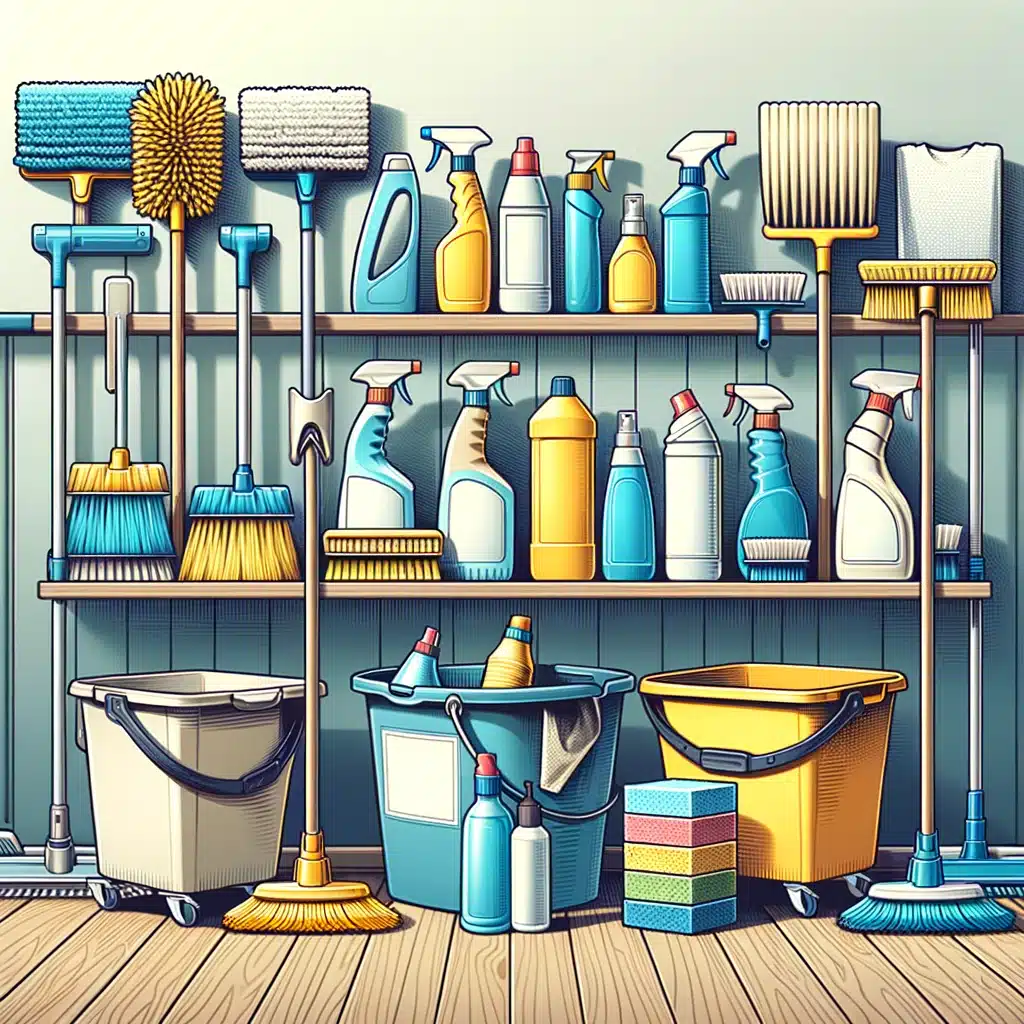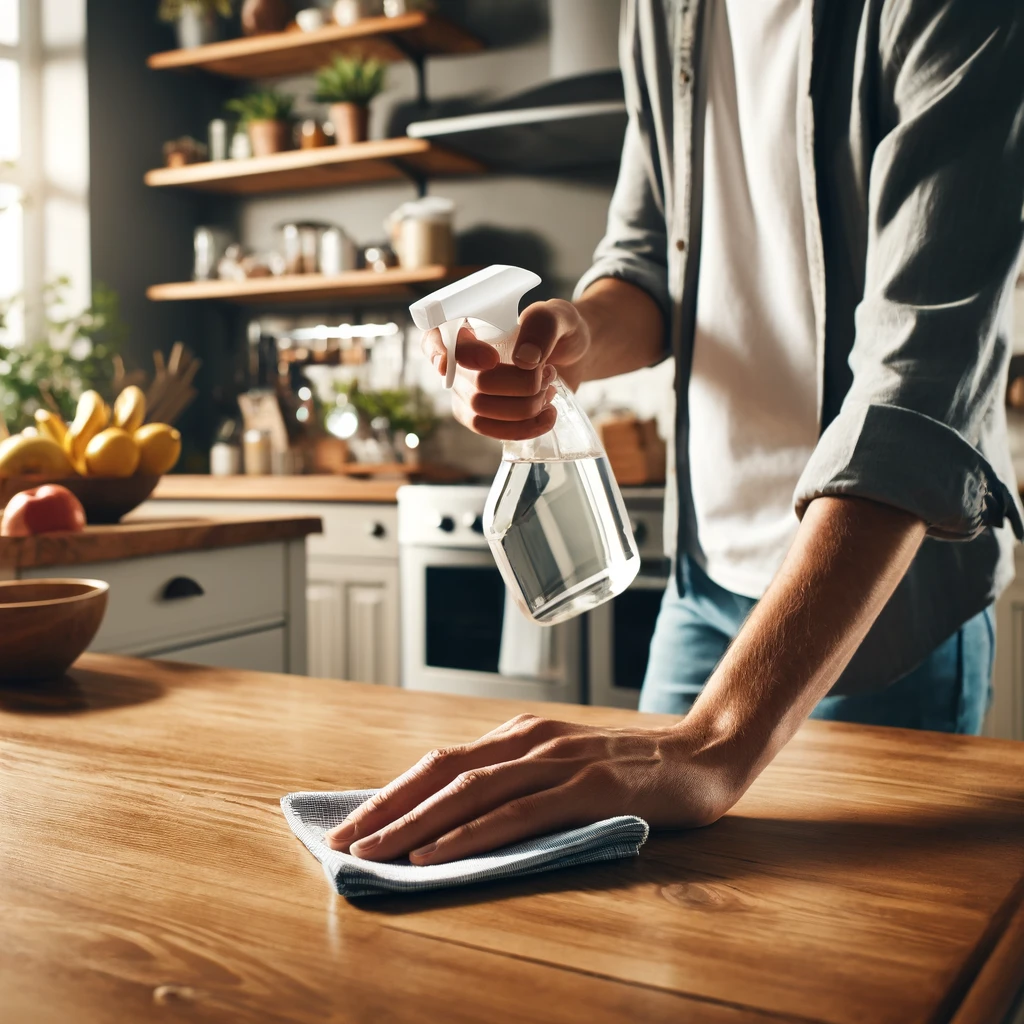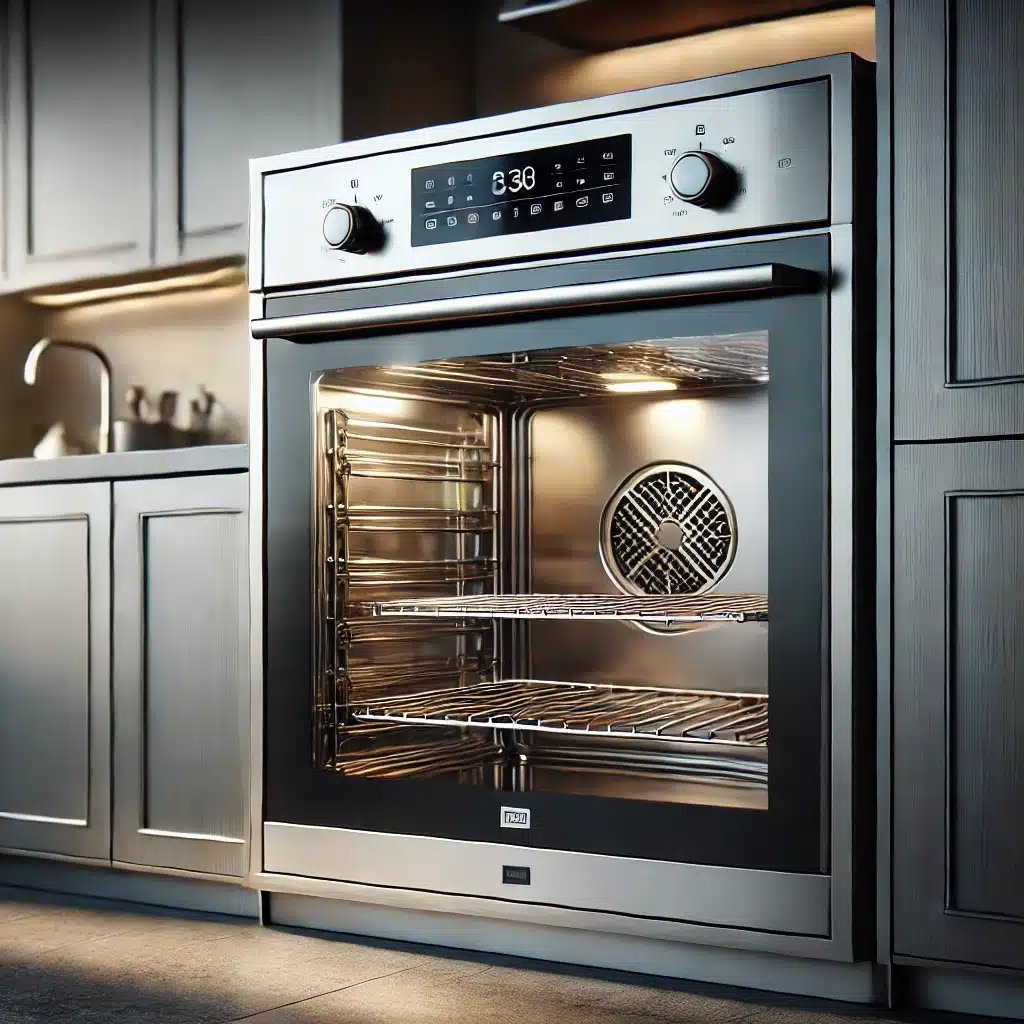Keeping a clean home doesn’t have to be a daunting task. With the right cleaning supplies on hand, you can tackle any mess that comes your way. Whether you’re a cleaning newbie or a seasoned pro, these five essential cleaning supplies will make your life easier and your home sparkling clean.
1. All-Purpose Cleaner
An all-purpose cleaner is a must-have in any home. It’s versatile and can be used on various surfaces like countertops, appliances, and even floors. Look for one that’s non-toxic and eco-friendly to keep your home safe and clean. Choosing the right cleaning supplies can make a significant difference in maintaining a healthy environment for your family. Eco-friendly options not only help in reducing your carbon footprint but also ensure that your living space is free from harmful chemicals.
When selecting your all-purpose cleaner, it’s essential to consider its effectiveness and safety. A good all-purpose cleaner should effortlessly tackle grease, grime, and dirt without leaving any harmful residues. It’s a lifesaver for quick cleanups and deep cleaning sessions alike. Whether you’re wiping down kitchen counters after cooking or giving your bathroom a thorough scrub, having reliable cleaning supplies at hand makes the task much more manageable.
Incorporating green cleaning supplies into your routine can enhance the overall air quality in your home. Traditional cleaners often contain volatile organic compounds (VOCs) that can evaporate into the air and cause respiratory issues. In contrast, eco-friendly all-purpose cleaners are formulated with natural ingredients, providing a safer option for both your family and the environment. By making conscious choices about the cleaning supplies you use, you contribute to a healthier home and a more sustainable planet.
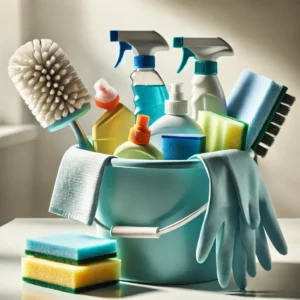
2. Microfiber Cloths
Microfiber cloths are the superheroes of cleaning supplies. They’re highly absorbent, can be used dry or damp, and are perfect for dusting, wiping, and polishing. Plus, they’re reusable and machine washable, making them an eco-friendly choice. The beauty of microfiber cloths lies in their tiny fibers, which can capture and hold onto dirt, dust, and even bacteria, ensuring your surfaces are truly clean.
Why Microfiber? Unlike regular cloths, microfiber traps dust and dirt, leaving surfaces cleaner and streak-free. This makes them particularly useful for cleaning glass, mirrors, and other shiny surfaces where streaks can be an issue. With microfiber cloths as part of your cleaning supplies, you can achieve a professional-level clean without relying on chemical cleaners. This not only saves you money but also reduces the number of harsh chemicals in your home, contributing to a healthier living space.
Microfiber cloths are incredibly durable. With proper care, they can last for hundreds of washes, making them a cost-effective addition to your cleaning supplies. Their versatility also means you can use them for a variety of tasks, from cleaning up spills in the kitchen to dusting delicate items in your living room.
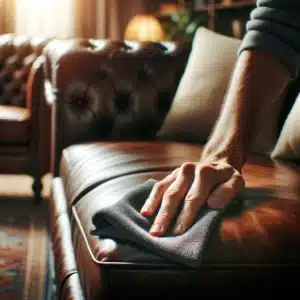
3. Vacuum Cleaner
A reliable vacuum cleaner is essential for keeping floors and carpets clean. Whether you have hardwood, tile, or carpeted floors, a vacuum can quickly suck up dirt, dust, and pet hair. Opt for a model with attachments for cleaning upholstery, stairs, and hard-to-reach areas. The versatility of a vacuum cleaner makes it a cornerstone of any set of cleaning supplies, allowing you to tackle various surfaces and messes efficiently.
Invest Wisely: Consider a vacuum with a HEPA filter to reduce allergens and improve air quality in your home. HEPA filters are designed to trap tiny particles, such as pollen, pet dander, and dust mites, that can trigger allergies and respiratory issues. By choosing a vacuum with this feature, you’re not just cleaning your floors but also ensuring a healthier environment for your family. This is especially important if you have pets or live in a high-pollen area, as regular vacuuming with a HEPA filter can significantly reduce indoor allergens.
In addition to the type of filter, consider the vacuum’s maneuverability and ease of use. A lightweight, cordless model can make quick work of everyday messes, while a more powerful, upright vacuum might be better for deep cleaning sessions. Look for models that offer a variety of attachments, such as crevice tools and upholstery brushes, to enhance their functionality.
4. Scrub Brushes
For tough stains and grime, scrub brushes are indispensable. Have a variety on hand, including a stiff-bristled brush for heavy-duty scrubbing and a softer brush for delicate surfaces. They’re perfect for cleaning bathroom tiles, grout, and kitchen sinks. The versatility of scrub brushes makes them a crucial part of your cleaning supplies, enabling you to tackle different types of dirt and grime effectively.
Scrub brushes come in many shapes and sizes, each designed for specific tasks. A stiff-bristled brush is excellent for scrubbing away stubborn dirt and grime on rough surfaces, like outdoor patios or heavily soiled floors. Meanwhile, a softer brush is ideal for areas that need a gentler touch, such as delicate tile surfaces or kitchen appliances. Including a range of scrub brushes in your cleaning supplies ensures you are always prepared, no matter what cleaning challenge you face.
An old toothbrush can also be a handy tool for cleaning small crevices and tight spots. This little trick can make a big difference in areas that are hard to reach with larger brushes, such as around faucets, in grout lines, or between the knobs of your stove. Reusing an old toothbrush as part of your cleaning supplies is also an eco-friendly way to give new life to an item that would otherwise be discarded.
5. Rubber Gloves
Protecting your hands is just as important as cleaning your home. Rubber gloves shield your skin from harsh chemicals and hot water, making your cleaning tasks more comfortable and safer. Choose a durable pair that fits well and provides good grip. Having rubber gloves as part of your cleaning supplies is crucial for maintaining not only your home’s cleanliness but also your skin’s health, especially when dealing with strong cleaning agents.
Rubber gloves are designed to be resilient against a variety of cleaning supplies, from household bleach to scalding water, ensuring your hands stay protected. This protection helps prevent dry, cracked skin, which can result from frequent exposure to water and chemicals. By wearing rubber gloves, you can also maintain better hygiene, as they act as a barrier against the dirt and bacteria you encounter during cleaning. Ensuring that your cleaning supplies include a reliable pair of rubber gloves can make a significant difference in your cleaning routine.
Bonus Tip: Keep a separate pair of gloves for kitchen and bathroom cleaning to avoid cross-contamination. This practice is essential for maintaining a hygienic environment and preventing the spread of germs from one area to another. For example, the gloves used to clean the bathroom should not come into contact with food preparation areas.
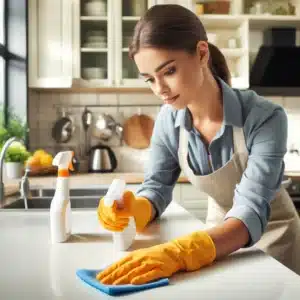
6. Storage Solutions
Having the right cleaning supplies is essential, but knowing where to store them can make all the difference. Investing in proper storage solutions can help keep your cleaning tools organized and easily accessible. Use caddies, baskets, or shelves to keep your supplies in order, ensuring that everything has its place and is ready to use when you need it. A well-organized storage system can transform your cleaning routine, making it quicker and more efficient.
Stay Organized: Designate specific areas for different cleaning supplies, such as under the sink for everyday items and a closet for bulk storage. This way, you can easily locate what you need without rummaging through clutter. By keeping similar items together, like all your spray bottles in one caddy and your scrub brushes in another, you streamline your process and reduce the time spent searching for the right tool. This organizational strategy not only enhances your efficiency but also ensures that you don’t accidentally mix up supplies that shouldn’t be used together.
Proper storage not only makes it easier to find what you need but also extends the life of your cleaning supplies by keeping them in good condition. For example, storing microfiber cloths in a dry, clean place prevents them from collecting dust or moisture, ensuring they’re always ready for use. Similarly, keeping all-purpose cleaners and other liquids in an upright position prevents leaks and spills, which can cause waste and mess. An organized storage system simplifies your cleaning routine, making it more efficient and less stressful, and helps maintain the longevity and effectiveness of your supplies.
Cleaning Hive Has the Right Supplies!
With these five essential cleaning supplies, you’re well-equipped to maintain a clean and healthy home. Remember, investing in good quality cleaning products not only makes your job easier but also ensures that your home stays in top condition. So stock up on these basics and enjoy the satisfaction of a spotless home! For those seeking top-tier cleaning supplies and expert advice, consider exploring Cleaning Hive.
Cleaning Hive offers a wide range of premium cleaning supplies designed to meet all your household needs. From high-performance all-purpose cleaners to durable microfiber cloths and reliable vacuum cleaners, they have everything you need to keep your home sparkling clean. Their selection is carefully curated to include eco-friendly and effective products that cater to various cleaning challenges, ensuring you get the best results every time. Plus, their knowledgeable staff can provide guidance on the best products for your specific needs, making your shopping experience smooth and efficient.
By choosing Cleaning Hive, you’re not just buying cleaning supplies; you’re investing in quality and reliability. Their commitment to customer satisfaction and environmental sustainability sets them apart, offering you peace of mind that your home is not only clean but also safe and healthy.

